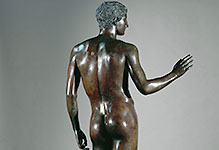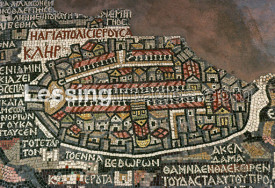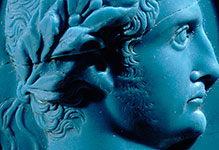
Antiquity
Ancient Egypt, Ancient Greece, Imperial Roman Period, Ancient Middle East.

#03030169
Map of the world, probably from Sippar, southern Iraq, Babylonian, 700-500 BCE....

#03030170
"The Dying Lion", a stone panel from Ninveh, northern Iraq, Neo-Assyrian, 645 BC...

#030302 1
Terracotta head of a ewe, Late Prehistoric period, 3.300-3000 BCE. Sheep played...

#030302 2
Statue of a bearded man, Early Dynastic period, 2.600-2,500 BCE. This broken sta...

#030302 3
Stone mould, Old Babylonian Period from Ninveh, northern Iraq, 18th BCE. The mou...

#030302 4
The Sargon Vase from Nimrud, northern Iraq. Neo-Assyrian, 8th century BCE. A cu...

#030302 5
The Rassam obelisk from Nimrud, Mesopotamia, northern Iraq. Neo-Assyrian, 883-85...

#030302 6
Stone panel from the South-West palace of Sennacherib, Ninveh, northern Iraq, Ne...

#030302 7
Stone panel from the South-West Palace of King Sennacherib Niniveh,northern Ira...

#030302 8
The Taylor-Prism, Neo-Assyrian, from Niniveh,northern Iraq, 691 BCE. This six-si...

#030302 9
Bronze statuette of a rider, Achaemenid, 5th-4th century BCE, a rare representat...

#03030210
Ivory cosmetic box in the shape of a fish, Canaanite, from Tell es-Sa'idiyeh, Jo...





